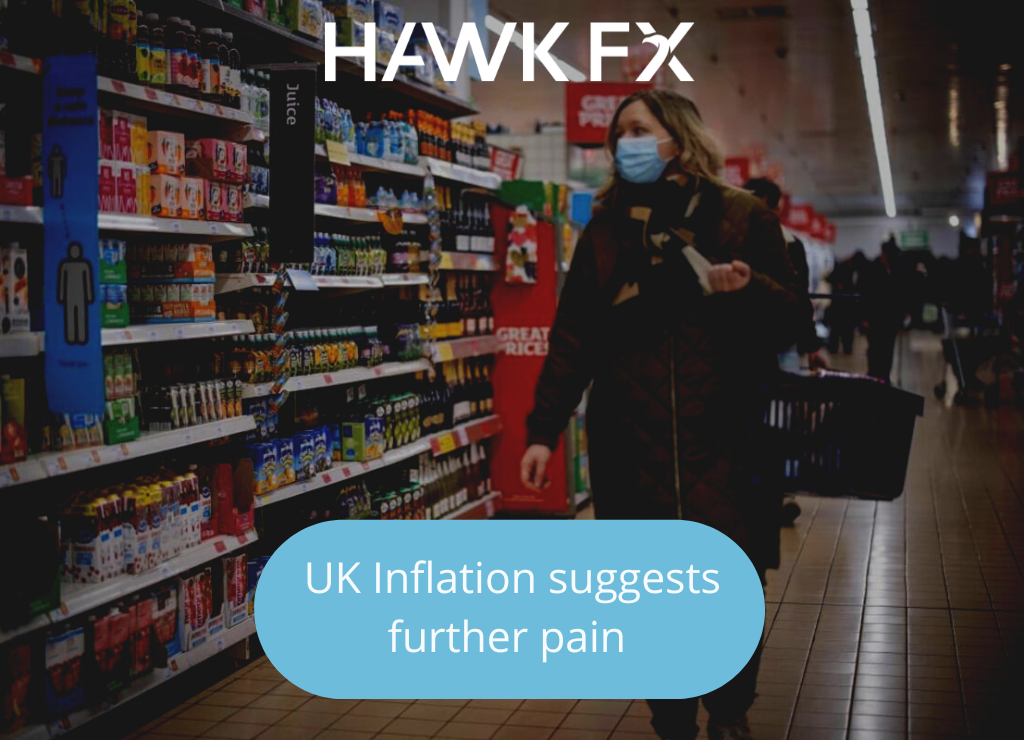
The British Retail Consortium data last week showed a further acceleration in general shopping and food price inflation. There was also data from the Bank of England showing a continued slowdown in mortgage activity and consumer borrowing. All of this activity has fed into recent surveys showing falls in consumer and business confidence. Despite this, the pound reached the highest level against the dollar with a fall in rate hike expectations from the US.
This week, we have a range of survey data starting with the final services PMI from November. This is expected to confirm the preliminary reading showing a level of contraction at 48.0. The construction PMI is expected to remain above 50, signaling expansion. Overall, the figures do suggest a negative GDP figure in the fourth quarter which would mark the start of a technical recession. The BRC will release its latest ‘unofficial’ retail sales figures for November and the RICS housing survey will also provide an update on slowing
There is also a Bank of England and Ipsos inflation survey which will help policymakers to assess whether inflation expectations are above their 2% target. Inflation expectations among businesses remain elevated though they are lower than they have been. It will be interesting to see if this is true for households. This will no doubt be a factor in the BoE’s next rate moves.
GBPEUR – 1.1663
GBPUSD – 1.2328
Eurozone inflation slowed more than expected to 10% in November from 10.6%. Unemployment fell to a new low of 6.5%. ECB President Lagarde remarked that wage growth is picking up as unemployment continues to fall. Core inflation remains elevated at 5.0%. This week, the few ECB speakers are expected to avoid commenting on monetary policy decisions.
This week, we expect to see confirmation of growth of 0.2% in the third quarter. The final November services PMI is likely to be in line with the estimate of 48.6. This suggests contraction again for the fourth month. This also suggests that we may see a contraction in the Eurozone fourth quarter GDP figures. We will also see Eurozone retail sales, German factory orders and industrial production. This will give some idea of how higher energy prices are affecting the economy.
EURUSD – 1.0570
EURGBP – 0.8574
Last week, we saw a strong hint from US Fed Chair Powell of a slower pace of monetary policy tightening ahead. This also led to further rises in equities and a weaker US dollar. These market moves were tempered by uncertainty on how quickly global inflation will fall next year, how high interest rates will still have to rise and how long they will remain there.
The latest non-farm payrolls report added 263,000 jobs and showed nominal wage growth re-accelerating. This is good from an employee’s perspective but it remains above levels consistent with the Fed’s 2% target. Chair Powell reiterated that, while the hiking pace is set to moderate, the peak in interest rates will probably be higher than previously anticipated and may stay higher for longer to reduce domestic inflation pressures.
This week, there will be a focus on producer price inflation, expected to fall back to 7.1%. Fed policymakers will be looking for further evidence of moderation in goods price inflation. The core measure excluding food and energy will likely fall to 5.7%. US GDP growth is expected to remain positive until the end of the year.
GBPUSD – 1.2328
EURUSD – 1.0570
Do get in touch if you would like to discuss this further.
*Interbank rates correct at 7 am on the date of publishing.